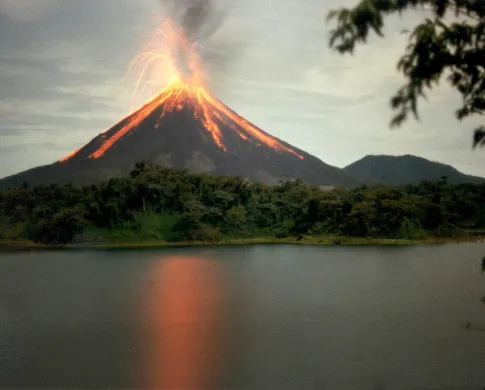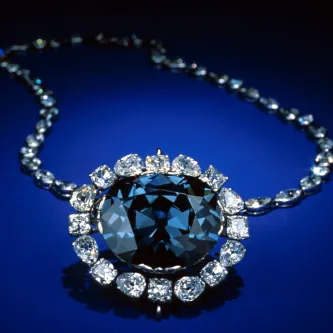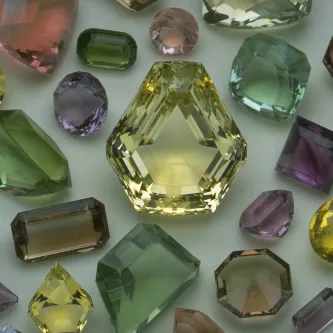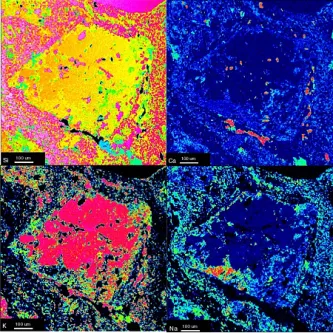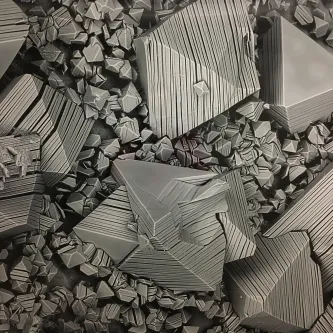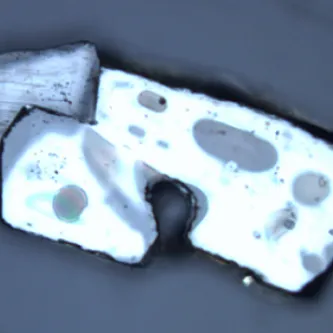Search
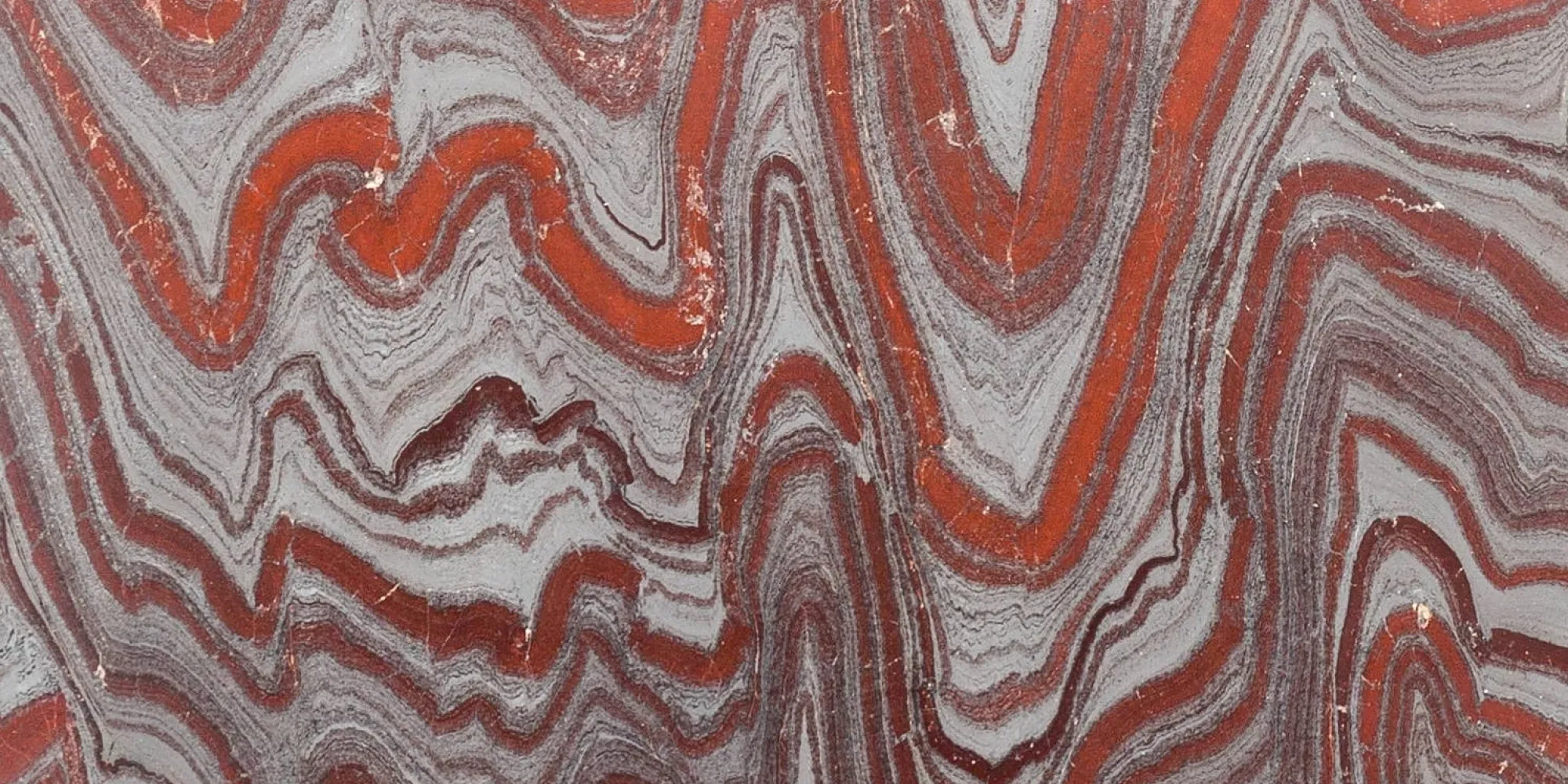
Department of
Mineral Sciences

Scientists in the Department of Mineral Sciences seek to understand the evolution of the Earth and Solar System by studying samples from environments ranging from the mantle to mine drainages, from volcanic arcs to the asteroid belt. The department is home to world-class collections of rocks, minerals, meteorites, and gems, as well as the instruments our scientists use to study these specimens in detail.
Using the Collections
Our collection of over 600,000 specimens is available for study by researchers worldwide. Find specimens and request a loan using the links below.


